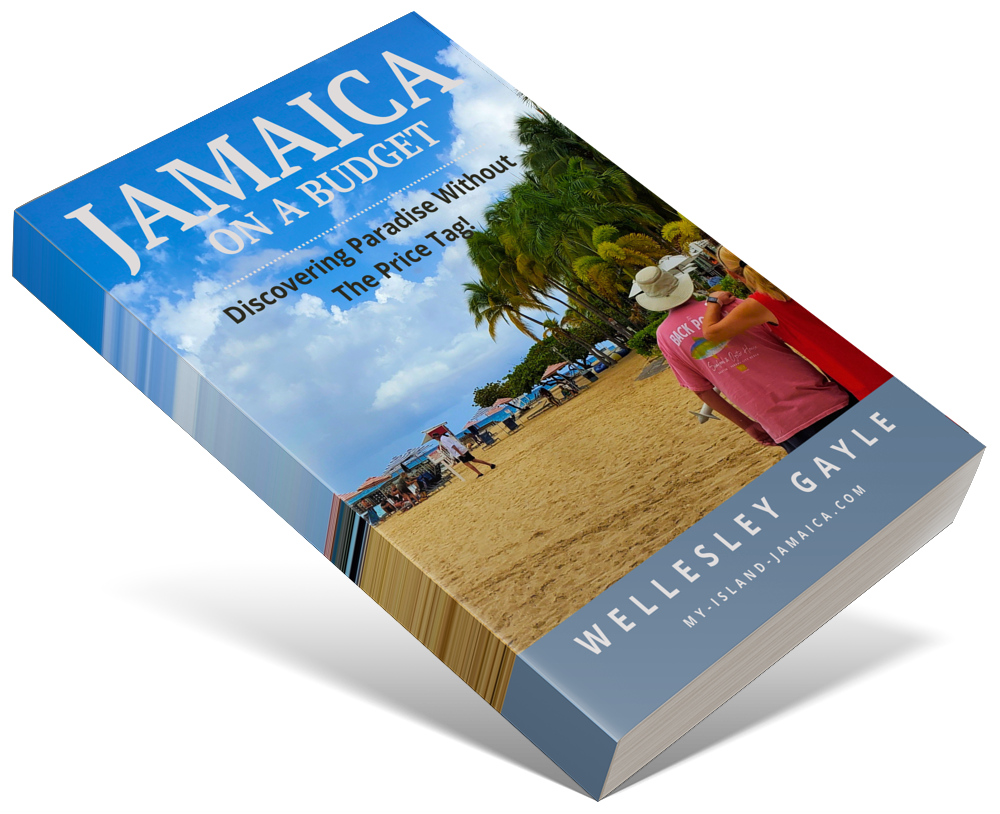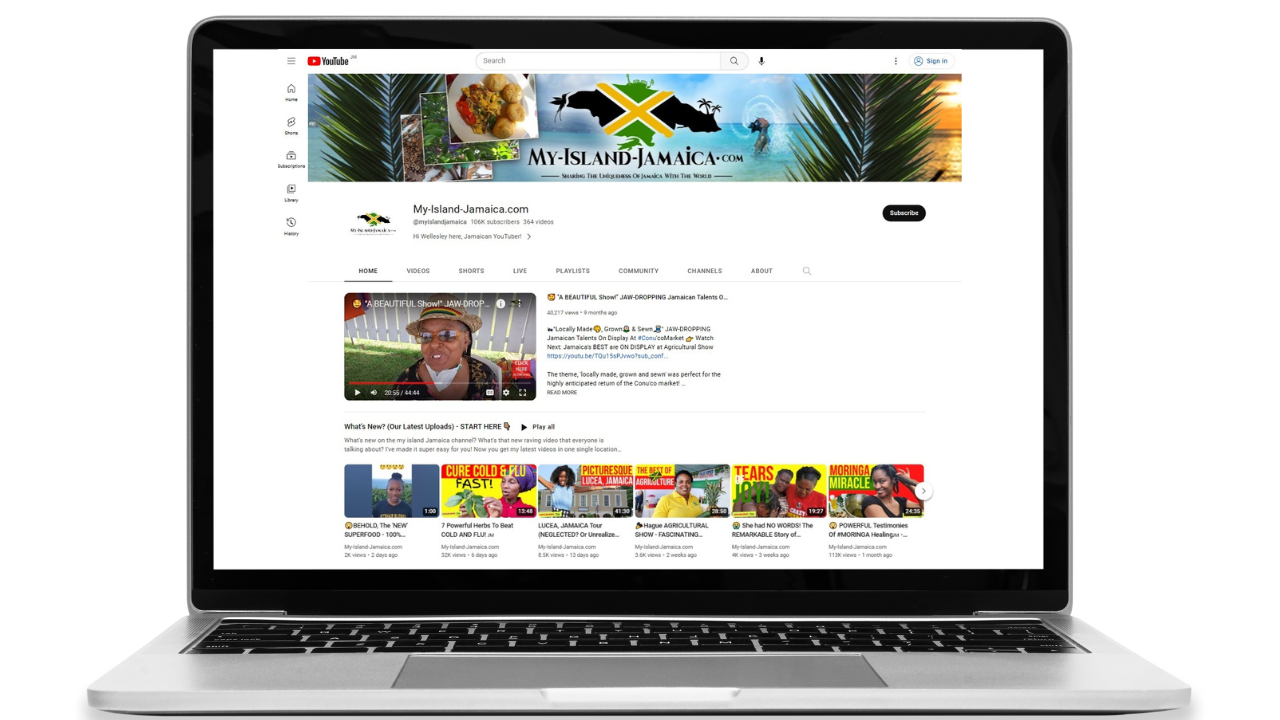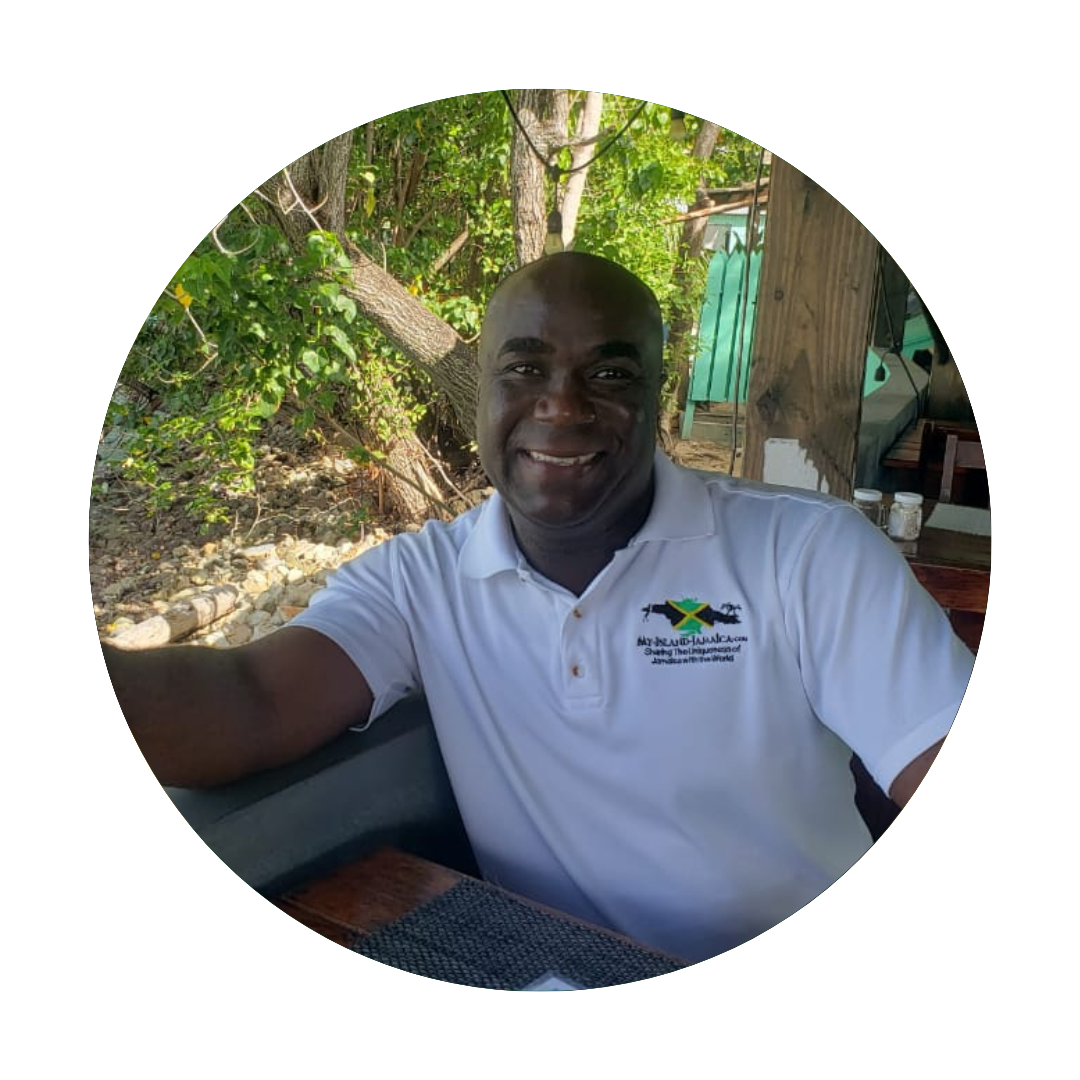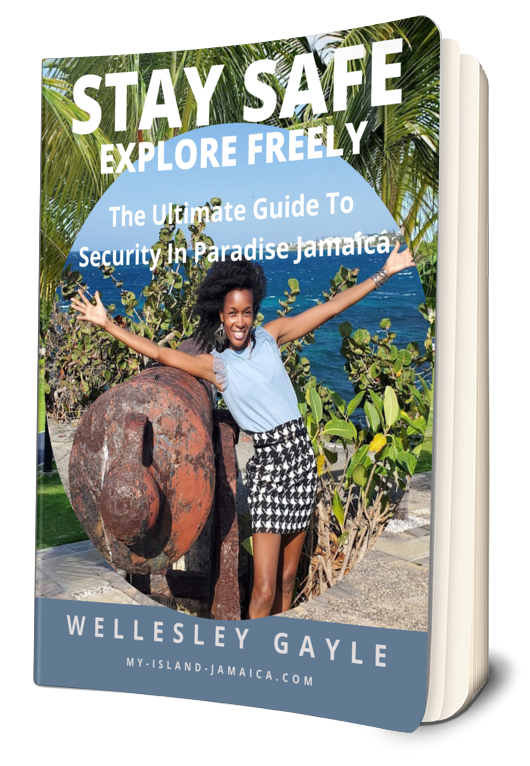Subscribe for all my updates and don't miss a thing! Sign me up!
The Legacy Of The Maroons In Jamaica
by Deon Clarke | Associate Writer
From the early stages of Jamaican history, the Maroons had played a significant role in the shaping of the nation that we see today. But who are they and how did they get here? What is their contribution? We will look at the legacy of the Maroons in Jamaica.
The Origin Of The Maroons
The origin of the Maroons is quite interesting. The Maroons are the enslaved Africans who were brought to Jamaica to work on the plantations who ran away into the hills and mountains to escape their slave masters. Those that remained were given freedom by the Spanish along with the remnant of the Tainos (the original inhabitants of the island) and also took refuge in the mountains when the British captured the island from the Spaniards in 1655. The word Maroon actually comes from the Spanish word “cimarron”, which meant 'mountaineers'. The Maroons (both Africans and Tainos) established their settlements in the mountains and settled together.
From the second half of the 17th century all the way to the mid 18th century the Maroons developed into a formidable force that significantly challenged the barbaric system of enslavement that was imposed by the English. There is great controversy however that surrounds the terms of the treaties that they signed with the English, but the role they played in undermining institutionalized slavery, and maintaining cultural traditions now forms a prominent part of Jamaica’s history and heritage.
How The Maroons Maintained Their Freedom
When the British took control of the island in 1655, their fight with the Spanish continued for about five years before the Spanish admitted defeat. Although they were assisted by the Maroons they were still unable to recapture the island from the English. The Maroon population had decreased by this time but they still posed a significant challenge to the English. The need for the products increased in England and so the English increased the number of slaves brought in by Africa. Many of them escaped into the hills and joined the existing Maroons.
The Maroons employed various strategies to maintain their free way of life and to undermine the English who hunted them. They mainly escaped into the more remote, hilly terrains of the Blue Mountain Range and the Cockpit Country which were inaccessible to the English. Here they established very large and well ran communities.
They were divided into the Winward Maroons (those who occupied the eastern section of the island) and the Leeward Maroons (those who occupied the western parts of the island).
The Maroons fought two major wars against the English. Their persistence and skill at war led the English to offer them peace treaties as they accepted the fact that they would never be able to catch the maroons. The first was offered in 1739 and signed on March 1st, by the fierce Maroon leader Cudjoe, who lead the Leeward Maroons. Unaware of this, the Windward Maroons maintained the fight. Four months later, The second peace treaty was offered to the Winward Maroons was but was not accepted until December, after 5 attempts to get them to sign. This was signed by one of the leaders Quao on December 23. This however caused a divide between the Winward Maroons as Nanny, the overall leader of the Maroons was angry at the signing as she was not in agreement with some of the terms and conditions. This led to another treaty that was signed by Nanny a year later.
The treaties granted them freedom from slavery, lands to produce cattle and food without hindrance and a host of other benefits and conditions. One very controversial condition though was the fact that the Maroons had to return any runaway slaves to the English who tried to become a Maroon.
The Cultural Contributions From The Maroons To Jamaica
Today, there are Maroon settlements that have survived the centuries including Accompong in St. Elizabeth, Moore and Charles Town in Portland, and Scotts Hall in St. Mary. These communities still, to a very great extent, maintain the culture of their forerunners despite branching out into the wider Jamaican society. The communities have their own leaders who are called Colonels historically.
Their traditions are predominantly African based, especially from the Akan region (Ghana). It is commonly perceived that most of the original Maroons were Coromantees, natives of the Akan region.
Their traditions include:
- The Ambush Dance,
- Myalism
- An African based Pidgin language
- Specially prepared jerk pork
- Using rum and pigs for rituals
- Obeah practices
The Maroons are self-governed as part of their arrangement with the English and are pretty much left undisturbed in their communities and practices. They have significantly impacted Jamaica’s heritage in their own way and continue to do so even today.
I also recommend you read, Queen Nanny Of The Maroons Maroon Warrior & Military Tactician.
Regards,
DC
References:
- Origins of the Jamaican Maroons, National Library of Jamaica, http://www.nlj.gov.jm/history-notes/The%20Maroons%20edited%20final.htm
- The Maroons of Jamaica | Black resistance against slavery | Against Slavery | Bristol and
- Transatlantic Slavery | PortCities Bristol, https://www.discoveringbristol.org.uk/slavery/against-slavery/black-resistance-against-slavery/the-maroons-of-jamaica/
- Jamaican Maroons, Wikipedia, https://en.wikipedia.org/wiki/Jamaican_Maroons
- Jamaican Maroons - The Indomitable Maroons Of Jamaica, My-Island-Jamaica, https://www.my-island-jamaica.com/jamaican_maroons.html
Editor's Note
Don't hesitate to submit your questions here! With well over 2000 questions already answered, chances are we can assist :-)
New! Get My Latest Book👇🏿
|
You asked, I've answered! You no longer need to save for months or years, to enjoy paradise! I spilled the beans! sharing my top tips on finding cozy accommodations and secret gems, only the way a native could! Click Here to pick it up on my e-store and start saving now! |
See The Best Of Jamaica - In Videos!
|
My channel reaches over 140,000 subscribers worldwide and has leveraged over 11 million views, sharing, what I call 'The Real Jamaica'. Subscribe today and join our family of viewers. |
Read More ...
New! Experience The REAL Jamaica!
Book Your Private Tour here and experience Jamaica the way we (locals) do!
P.S. Didn't find what you were looking for?
Still need help?
Click Here to try our dependable and effective Site Search tool. It works!
Or, simply click here and here, to browse my library of over 500 questions and answers! Chances are someone already asked (and got an answer to) your question.








